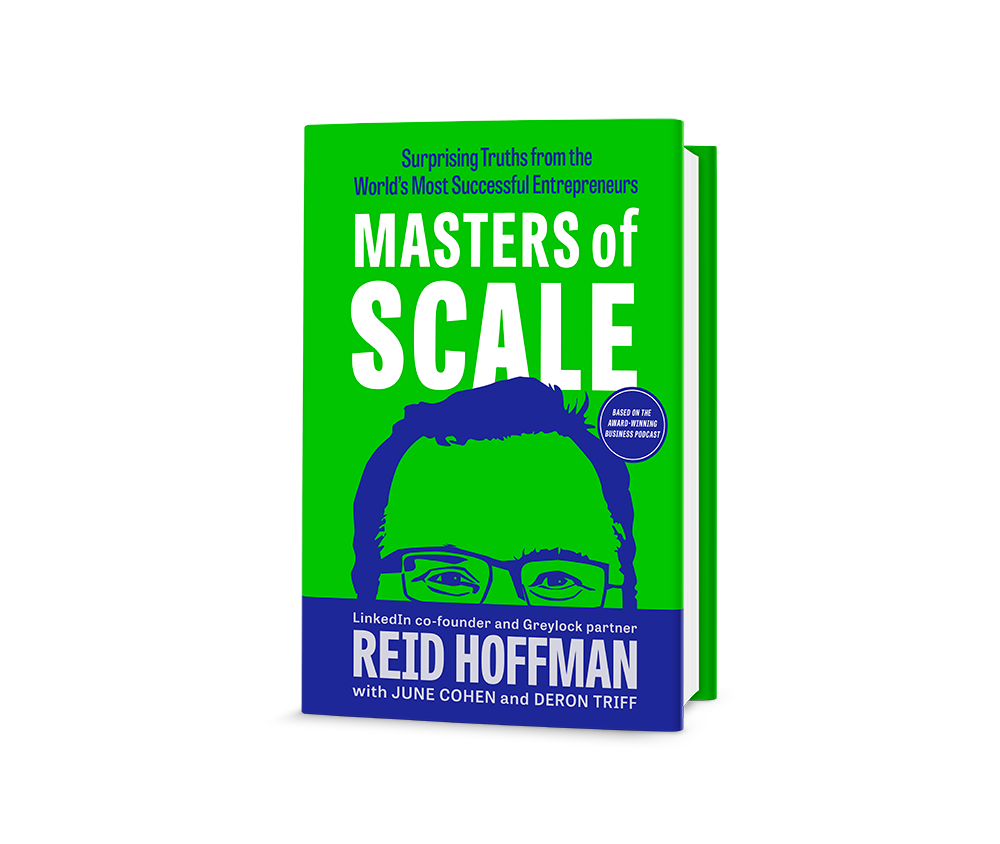To get a roundup of TechCrunch’s biggest and most important stories delivered to your inbox every day at 3 p.m. PDT, subscribe here.
Hi friends!
Welcome to the Daily Crunch for Wednesday, September 8, 2021. Alex is still out, so I’ll be steering this ship for a few more days while (I hope) he stares at trees, or the ocean, or really anything but words on a computer screen. Alex, if you’re reading this, please put your phone in airplane mode and do something cool. — Greg
The TechCrunch Top 3
- Wright tests its electric engine for passenger planes: Electric planes face challenges that electric cars don’t, like … you know, needing to get off the ground. Current battery tech is just too heavy for existing engines to get up in the air efficiently. Devin Coldewey has a profile on Wright, a startup looking to tackle this by making an electric engine that produces more thrust from less energy. They’re currently testing it at sea level, with plans to get it up to flying heights sometime next year.
- Howard University cancels classes after ransomware attack: “Sorry class, lessons are canceled for the day because we got hacked.” It’s the oh-so-2021 version of a snow day. Snow Crash Day?
- SEC threatens to sue Coinbase: Looks like there’s a bit of a battle potentially brewing between Coinbase and the U.S. Securities and Exchange Commission. Coinbase wants to launch a service that would let users loan out crypto assets to a lending pool and gain interest (noting that others already have launched similar services). Coinbase gave the SEC a heads-up … which, according to Coinbase CEO Brian Armstrong, led to the SEC threatening to sue Coinbase if it moved forward.
Startups/VC
- The credit card with a $27 limit: “The relatively young credit-rating system in India covers only a tiny fraction of the nation’s population,” writes Manish Singh. As a result, an equally tiny fraction of the population has access to credit cards. Slice, a startup out of Bangalore, is looking to help young people in the region start to slowly build their credit by introducing a card with a cap of 2,000 Indian rupees — or about $27.
- A social network for making music: TikTok remixed the concept of the remix, allowing users to take another user’s video and remold it into their own thing. Mayk.it, a new social app founded by TikTok/Snap alums, wants to bring the focus back to music. One user makes a beat, others add vocals and everyone crosses their fingers for a hit. The app launched this week, simultaneously announcing it had raised $4 million in seed funding.
- PayPal buys Paidy: $2.7 billion! That’s how much PayPal is dropping on Paidy, a popular buy now, pay later service from Japan. Kate Park writes that this move should help PayPal dive right into deferred payments in the country — which, as she points out, is the third largest e-commerce market in the world.
Debt versus equity: When do non-traditional funding strategies make sense?
Many potential founders are well versed in startup economics — and many are completely green.
When it comes to raising funds, understanding the relative benefits (and limitations) of debt and equity financing is required knowledge, however.
Founders who are less willing to dilute their control may be willing to use debt financing to fund their capital expenditures, “but it doesn’t make sense for everyone,” says six-time entrepreneur David Friend.
(Extra Crunch is our membership program, which helps founders and startup teams get ahead. You can sign up here.)
Big Tech Inc.
- Microsoft launches a personalized news service: Microsoft is taking a swing at the Apple News/Flipboard concept with Microsoft Start, a site/app that aggregates content from your favorite news sources. You can thumbs up/down things to tune the algorithm over time, because what the world needs is more robots telling us what to read. I miss Google Reader.
- Google opens Spaces for all: Last year Google rebranded its built-for-work toolset from G Suite to Google Workspace. Around the same time, it started testing new features that makes the myriad Workspace tools (Gmail, Docs, Meet, etc.) work more cohesively, retuning them with the sudden work-from-home spike in mind. As of today, those features are rolling out to everyone.
- Twitter is testing big ol’ full-width photos and videos: “While the result looks like a win to us, any change to Twitter’s design is likely to inspire a vocal subset of users to hate-tweet about it for a day or so before forgetting the changes altogether,” Taylor Hatmaker so perfectly sums up.
TechCrunch Experts: Growth Marketing

Image Credits: SEAN GLADWELL (opens in a new window) / Getty Images
TechCrunch wants to help startups find the right expert for their needs. To do this, we’re building a shortlist of the top growth marketers. We’ve received great recommendations for growth marketers in the startup industry since we launched our survey.
We’re excited to read more responses as they come in! Fill out the survey here.
Our editorial coverage about growth marketing includes articles from the TechCrunch team, guest columns, and posts like “Use cohort analysis to drive smarter startup growth” by Jonathan Metrick on Extra Crunch.







